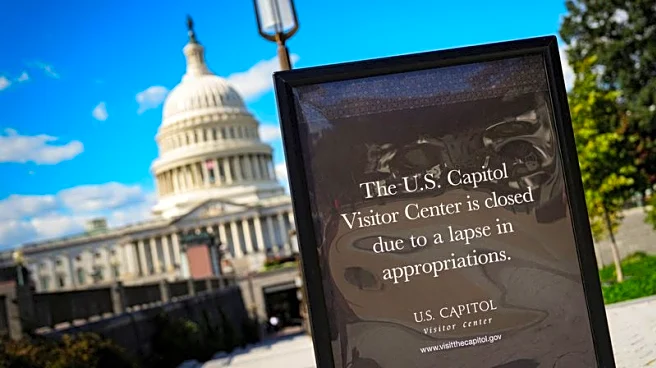What's Happening?
Many Americans are expected to receive larger tax refunds in 2026 due to the One Big Beautiful Bill Act (OBBBA) enacted under President Donald Trump. According to a report by Oxford Economics, the act includes
retroactive tax cuts and updated withholding tables, which will result in higher refunds for many taxpayers. The Congressional Budget Office estimates a $24 billion tax cut for fiscal year 2025, with the new withholding tables taking effect in 2026. The changes could lead to an additional $50 billion in tax refunds, marking an 18% increase from the $275 billion in refunds issued for 2024. The act extends tax reductions from 2017 and introduces new breaks for overtime, tipped income, and state and local taxes (SALT), with the SALT cap increased from $10,000 to $40,000, benefiting high-income earners.
Why It's Important?
The tax reform is significant as it primarily benefits upper-income Americans, who will see the greatest tax savings due to the increased SALT deduction limit. This could lead to increased disposable income for wealthier individuals, potentially affecting consumer spending patterns. However, the impact on overall economic growth may be limited, as high-income households are likely to save rather than spend the additional funds. The reform also includes benefits for retirees, with enhanced deductions providing additional financial relief. The changes highlight ongoing debates about tax policy and economic inequality, as the wealthiest individuals stand to gain the most from the reforms.
What's Next?
As taxpayers prepare for the 2026 tax season, they can expect larger refunds due to the retroactive nature of the OBBBA. Financial experts suggest that the increased refunds act as an accidental stimulus, with wealthier individuals receiving the largest benefits. The IRS's decision not to adjust withholding tables for 2025 means that many taxpayers are overpaying taxes, leading to larger refunds in 2026. This situation may prompt discussions on tax policy adjustments and the distribution of tax benefits across different income groups.












